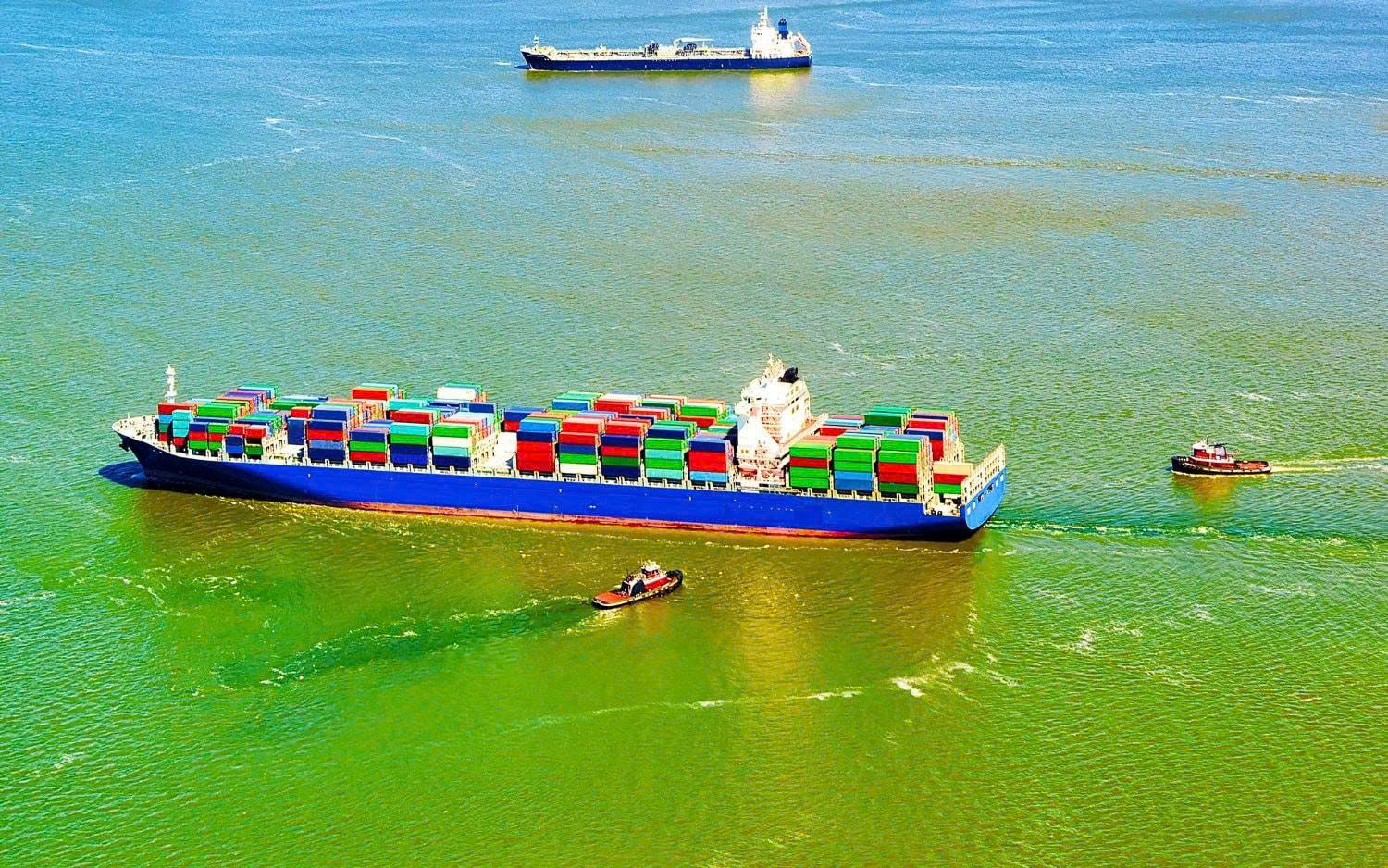Wan Hai Lines has taken a big step towards reducing excess fleet capacity by selling 10 old vessels for recycling including four 1,088 TEU vessels and six 1,368 TEU vessels.

Taiwan's Wan Hai shipping line is selling 10 old ships for scrap and is inviting buyers to submit bids on Friday (December 16).
Loadstar was informed that Wan Hai was selling four ships of 1,088 TEU (type 160) built between 1996 and 1998, including Wan Hai 161, 162, 163 and 165. In addition, there were six ships of 1,368 TEU (type 200), built in 1994, includes Wan Hai 215, 216, 221, 222, 223 and 225. They are the oldest of the 112 fleet owned by Wan Hai.
Selected buyers must ship these ships to eco-friendly ship recycling yards that meet Wan Hai's ESG requirements.
Wan Hai, now the 11th largest shipping operator, has planned to replace its old ships in 2020 and has ordered 24 3,000 TEU vessels from Japanese shipyards. The carrier has also purchased a number of old ships.
However, the Covid-19 pandemic has caused severe logistical congestion around the world and severe capacity shortages, Wan Hai has delayed plans to demolish its old ships to provide customers with enough shipping space.
VesselsValue estimates the total value of the scrapped ships at around $43 million.
Wan Hai's removal of these scrap ships coincided with a decline in profits and cargo volumes in the container sector. Its third-quarter net profit fell 37% year-over-year to $718.3 million. Though revenue was strong in the first six months of the year with January-September cumulative net profit up 34% year-over-year, at $3 billion.
General manager Tommy Hsieh forecasts Wan Hai will continue to struggle this year, as half of the contracts with US customers are signed on a long-term basis and are protected by flat rates.
In September, Thai shipping line Regional Container Lines (RCL) broke a nine-month container ship demolition drought when it sold the 1,248 TEU Mathu Bhum ship built in 1990 for recycling.
There are about 5,600 container ships, with a total capacity of 25.5 million TEUs, in the active fleet. Of these, there are 77 ships, with a capacity of 121,671 TEUs, aged at least 30 years, while there are 347 with 533,478 TEUs aged between 25-29 and 678 vessels of 1.85 million TEUs aged 20- 24.









